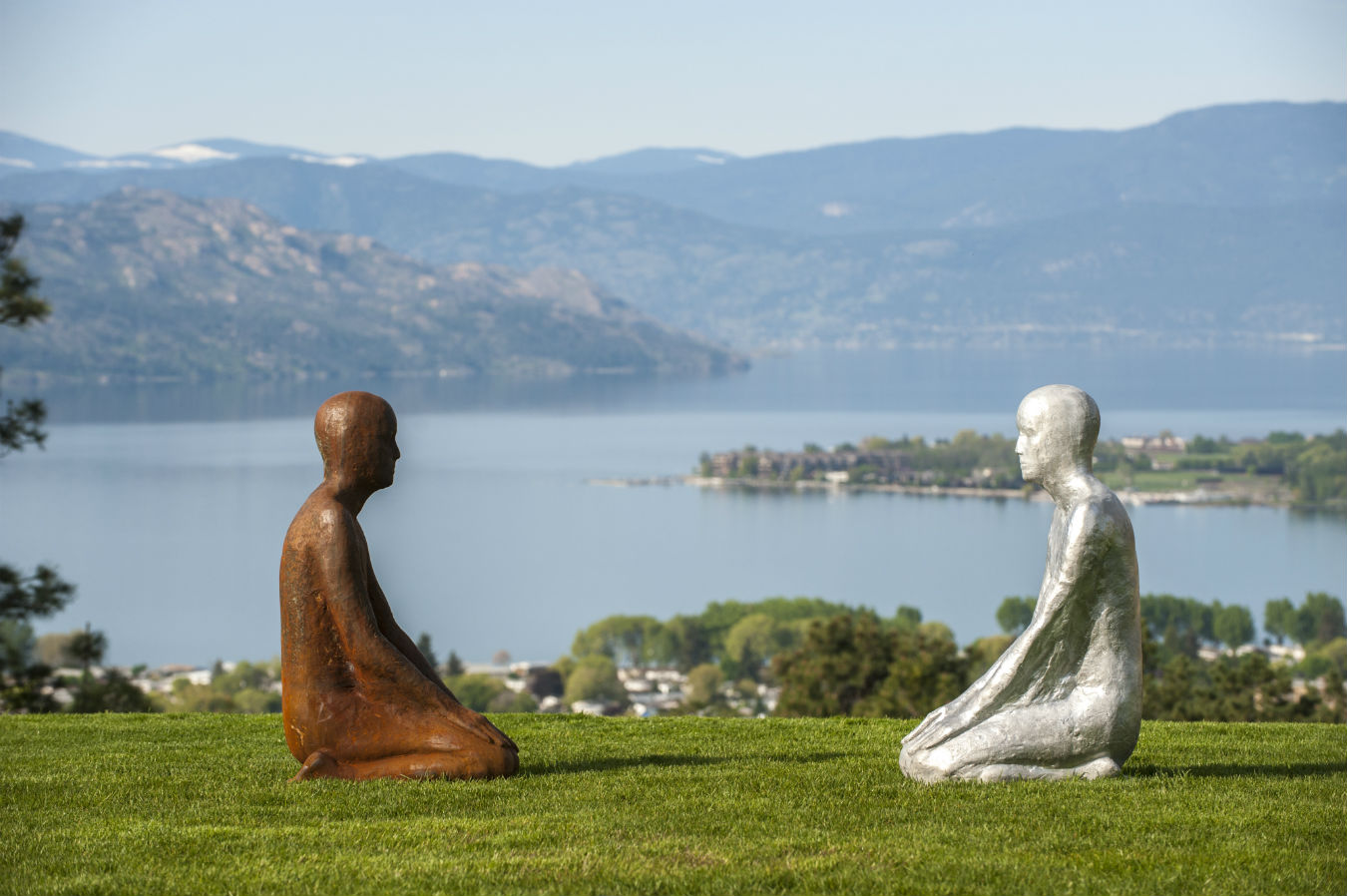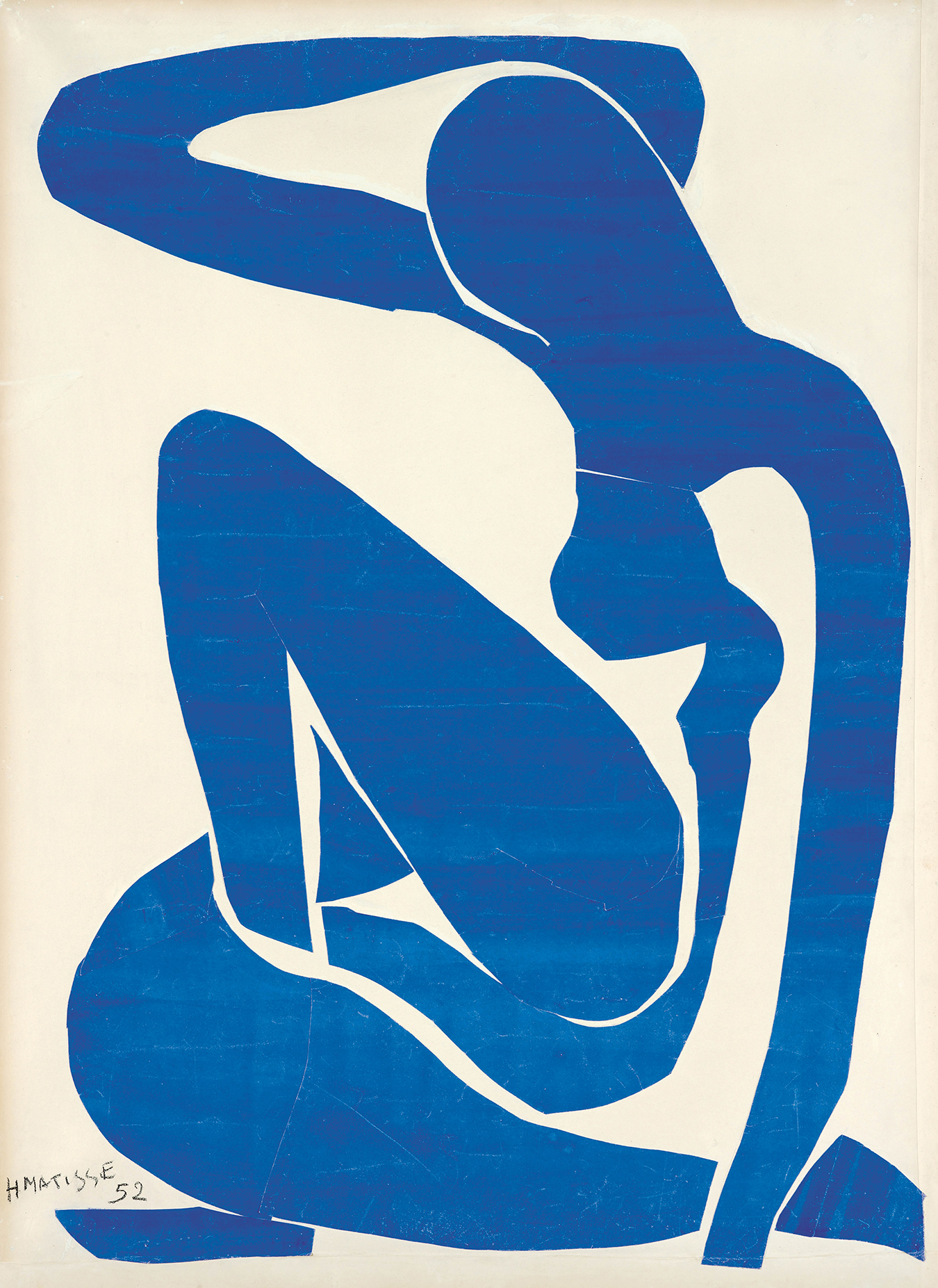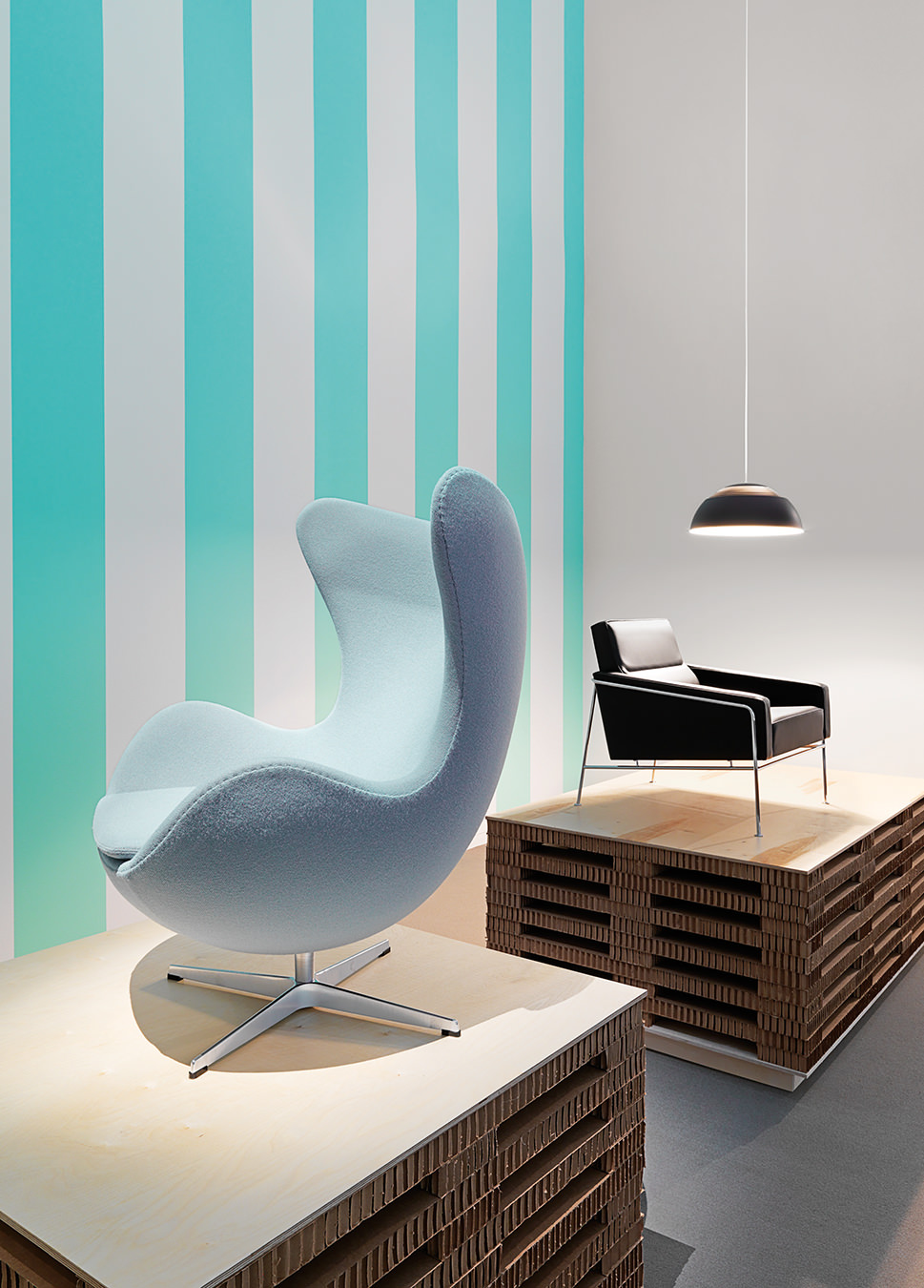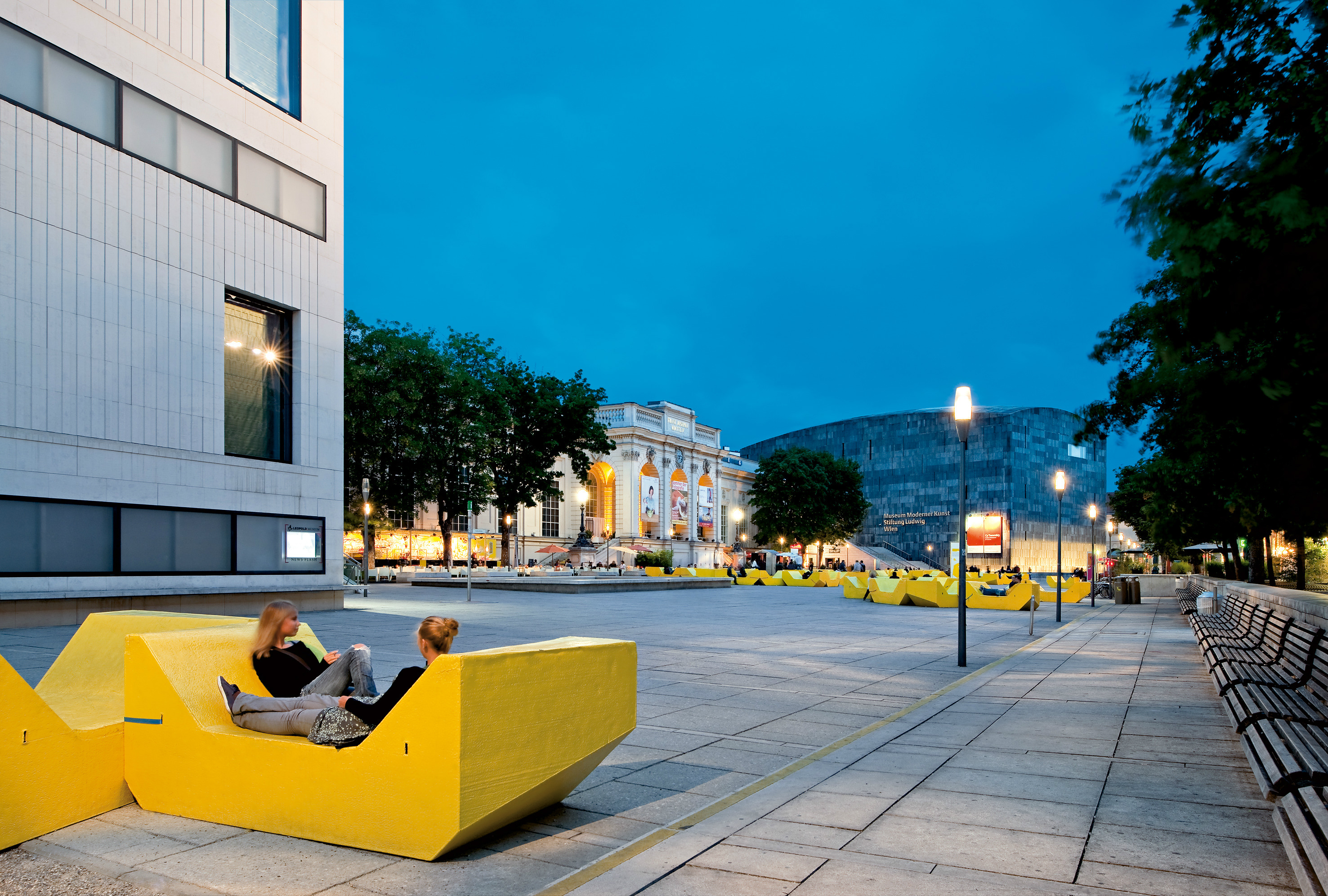-
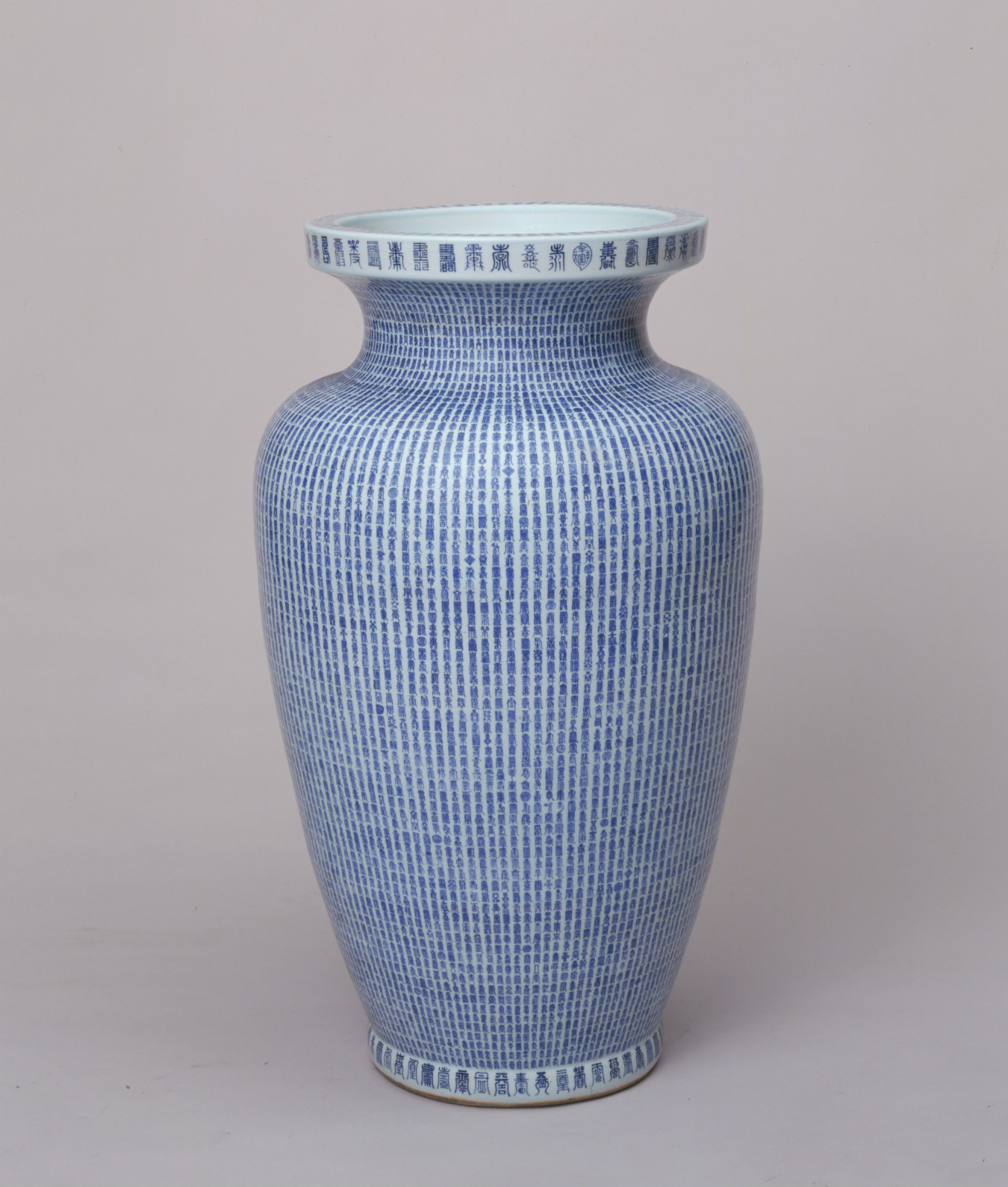
This Wanshou vase stands nearly one metre tall and is decorated with a single character —shou which means “longevity”— repeated 10,000 times in 975 different styles.
-

This formal child emperor’s ceremonial robe (chaofu) was worn only once, by six-year-old Emperor Tongzhi on the day he assumed the throne in 1861.
-

This gold cup and saucer with pearls, decorated with symbols of birthday wishes, was reserved only for an emperor or empress, used during the Qing dynasty for birthday celebrations.
-

In the 15th century, Emperor Wanli was so impressed by a mechanical clock he received from the Jesuit missionary Matteo Ricci that he invited Ricci inside to maintain it. This was the first time a Westerner was allowed to enter the Forbidden City.
-

Elite women in the Forbidden City grew extremely long fingernails and protected them by wearing nail guards, sometimes up to 15 centimetres in length. None were more impressive than those of Empress Dowager Cixi.
Treasures from the Palace Museum
The Forbidden City at the Royal Ontario Museum.
Amidst Beijing’s dense landscape lies the Forbidden City, an immense compound of 980 buildings and nearly 10,000 rooms. Built in the 15th century, it was and remains the world’s largest imperial palace complex, occupied by Chinese emperors until 1911 when the country became a republic. For over 500 years, the halls of this royal residence remained a mystery to all but the emperor, his family, and those who served him; few could ever dream of seeing the abundance of treasures housed inside. Today, over a century after the final days of imperial rule, approximately 250 of those national riches—some travelling outside China for the very first time—are on display at the Royal Ontario Museum (ROM) in Toronto.
Each artifact shown in The Forbidden City: Inside the Court of China’s Emperors sheds light on life in the imperial palace, and the exhibition is a window into the history and culture of the Ming and Qing dynasties, dating back to 1368. For instance, a Ceremonial robe is a beautiful example of elaborate dress codes once mandated by law, applicable to everyone from the emperor to bureaucrats. The shape of the robe, its colour, embroidered symbols, associated headgear, and even the fibre of the fabric indicated rank, season, and event.
The Wanshou vase, which greets visitors at the exhibit’s entrance, was a gift to Emperor Kangxi on his 60th birthday. This blue and white vessel stands nearly one metre tall and is decorated with a single character —shou which means “longevity”— repeated 10,000 times in 975 different styles. Other objects of gold, silver, and jade, as well as paintings and imperial furnishings, round out this astonishing collection, one that will certainly be a highlight as the ROM celebrates its centenary anniversary this year.
The Forbidden City is the second ROM exhibition produced by the Robert H. N. Ho Family Foundation. The Foundation also partnered with the museum in 2010 to present The Warrior Emperor and China’s Terracotta Army, which drew over 350,000 visitors (the largest attendance for a single exhibition in ROM history). Vancouver-based philanthropist Robert Ho created the foundation in 2005 to raise international awareness of Chinese arts and culture and Buddhist philosophy.





